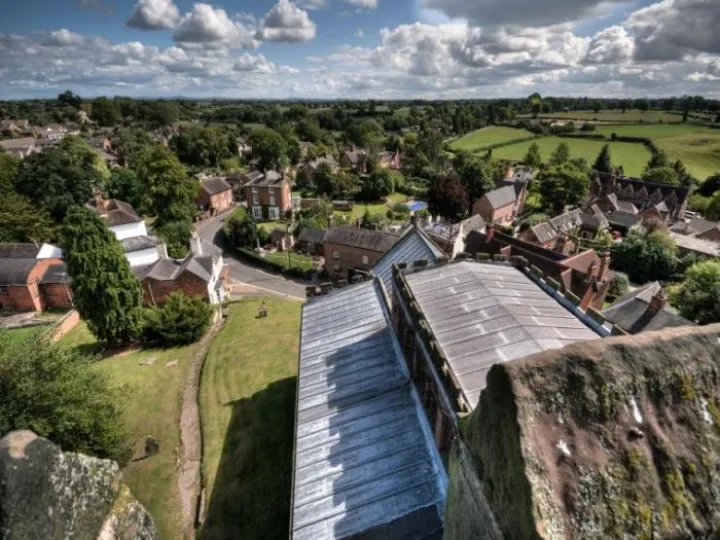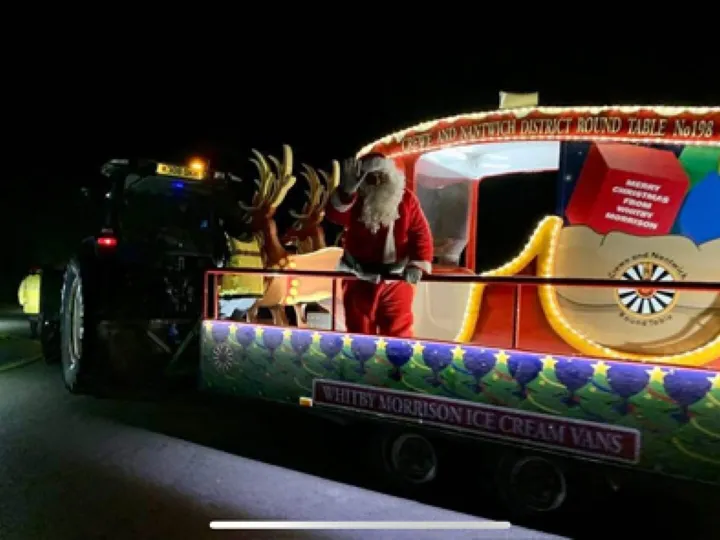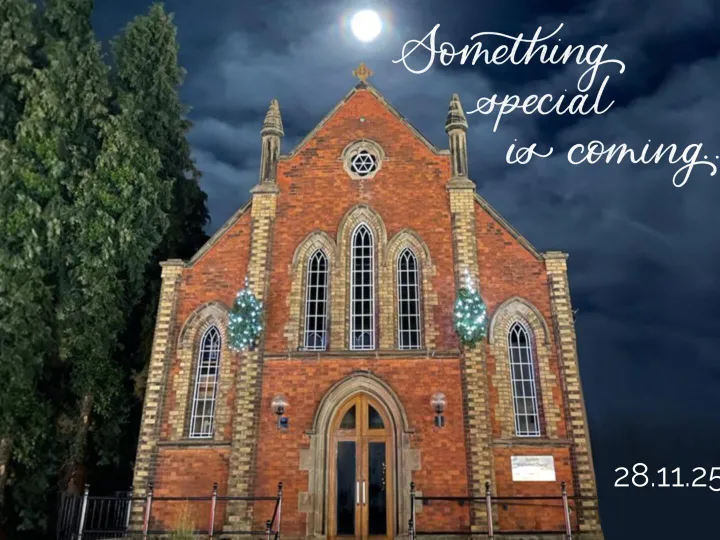


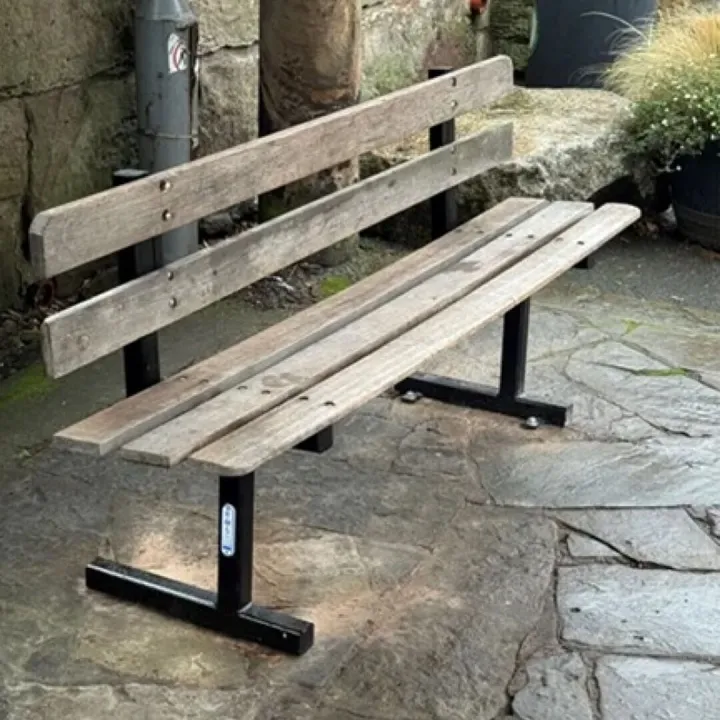
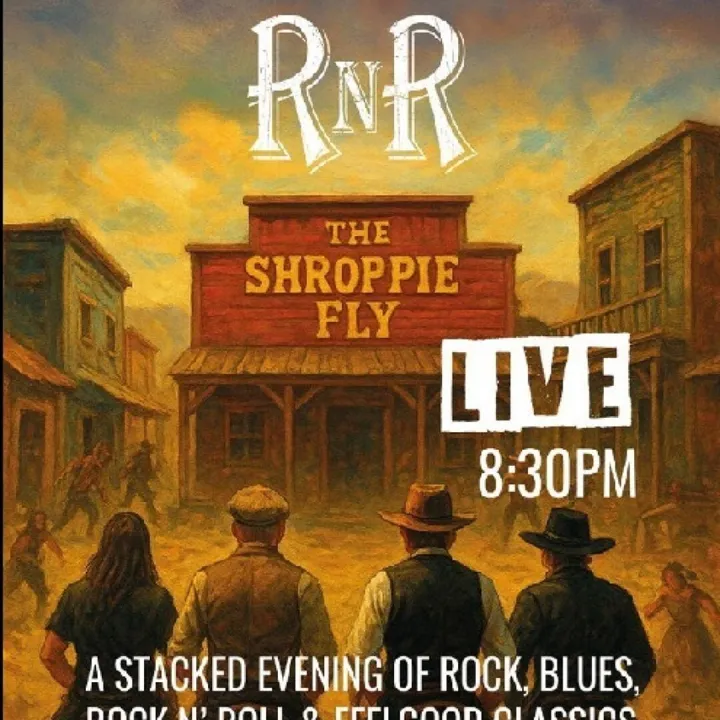
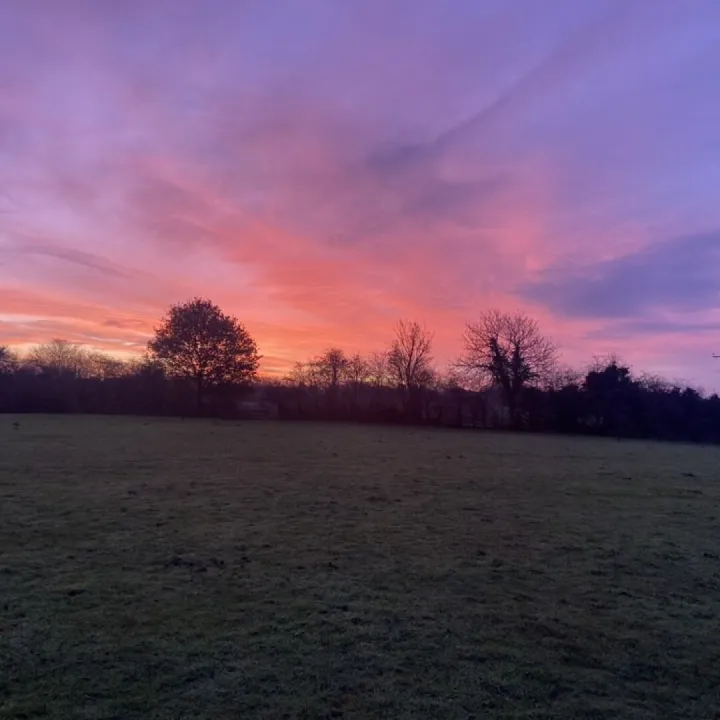
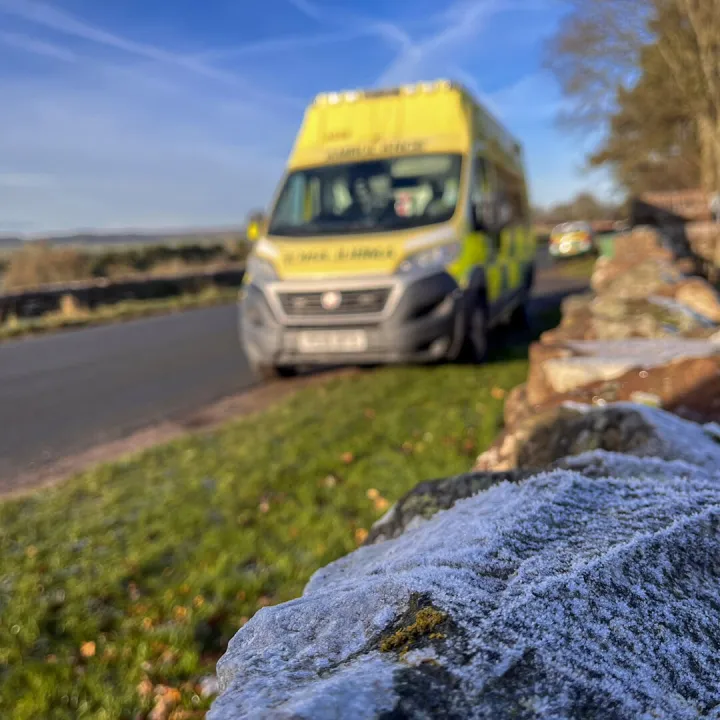
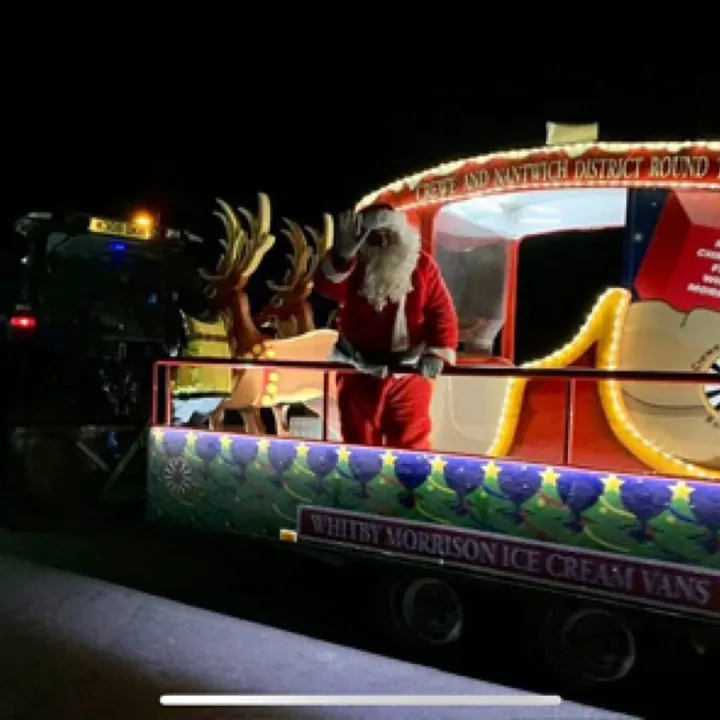
In the late summer of 1973, I visited an air show in Bridgnorth. It was the event at which Prince William, Duke of Gloucester, was killed during an air race.
Wandering around the hangers, I found a Jodel D120 (Paris Nice) propped on three 5-gallon drums having had its undercarriage wiped off in a landing accident. The prop had struck the runway whilst the engine was running rendering the engine unserviceable and 'shock loaded'. My enquiries revealed that the aircraft was being scrapped as not economically repairable. It was to be sold to the highest bidder by the insurers, Lloyds of London.
In my naivety, I rang Lloyds and asked for the man responsible for the disposal of G-ASPF. By a complete fluke (I had no idea what a huge organisation I was connected to) I was put through to the very man who was instructed to dispose of the aircraft. I then, upon his instruction, sent a sealed bid for the wreckage and was astounded and dismayed to be informed six weeks later that I owned an aircraft.
The aircraft was 002 in a line of production and had been made to exhibit in the Paris air show of 1955. Looking around for repair materials and equipment in the following weeks, I discovered a second wreck of an identical type which had been number 15 on the production line. It was Danish and had crashed near Presteigne in Radnorshire. I bought that one from the insurers in Copenhagen.
I sent both badly bruised engines into Rolls-Royce at Crewe and waited with some trepidation. A call came: "Please bring your cheque and collect your engine tomorrow or we shall have to charge you VAT on top of our fee. VAT, a new tax, was to scheduled to begin the next Monday!
To cut a long story short, the aircraft was repaired and re-certified by Easter 1974 and I flew it around Europe until 1981.
In August 1974, I approached Mr Vernon Williamson for permission to fly from one of his large fields and was given instant permission and have flown from that field since then. Some five or six years ago, I applied to the local authority for planning permission for the field and was given permission. We still fly from the field but we now call it Austerson Dairy Farm International.
During the latter half of the 1950s and early 60s, the French government decided that it must do something to revive its light aircraft industry. There were several factories that had retained the technology but they had no money to change back from furniture manufacture etc nor had they any modern aircraft designs. The government elected to buy and distribute the designs perfected by the father-in-law/son-in-law partnership of Messrs JOleon and DELmontes (JODEL) whose base was at Bernay in Normandy.
Amongst these designs was one extremely successful design called the JODEL D150 Mascaret. In the late 1980s, I developed a lust for one of these splendid aircraft. The factory at Bernay had made 68 of these, the production run having come to an end about 1970.
This is a wood and cloth aircraft which uses a 105HP engine built at Crewe. The engine was designated 0-200A, which means that the engine displacement is 200 cubic inches or 3.33 Litres. It was an American design and the 'Yanks' always measured their engines in Imperial measure.
The airframe provides for two seats, side by side with dual controls. It carried a good range of instruments including the valve radios of the day – now changed for up to date equipment. There are three fuel tanks which between them hold 42 gallons of fuel. And the maximum all up weight provides for 65 kilos luggage, two adults and full fuel. Cruising speed is 100 knots, ie 118mph and uses 4.5 gallons of fuel per hour.
To give this some perspective, I could take off from Austerson and fly around the Eiffel Tower and return to Austerson without landing. But as this would take about 9 1/2 hours, one can see that the pilot and passenger would need to land well before this to pay a call of nature! These days, I can barely make it to Cherbourg before needing to land, although the aircraft could fly on.
'Mascaret' incidentally is the French for 'Tidal Bore' which, I believe, we only experience on the River Severn though quite a few Normandy rivers do exhibit this phenomenon. The Mascaret was designed to operate from a simple grass runway which makes sense when one realises that almost every French provincial town has a grass airfield on the perimeter. This aircraft was designed to facilitate business travel as well as to provide the best of fun.
Well. as my lust developed and I had heard that a friend of mine had successfully imported a Mascaret and had managed, with moderate difficulty, to transfer it to the British register, I got my act together. So, having (for £5) reserved the registration G-FARR with the Civil Aviation Authority (CAA), I bought a copy of the French Civil Aircraft Register and observing that there were only eleven of these aircraft left in France, off I went to France. This was 1981.
I toured around each airfield that held a Mascaret and asked each Airfield Commandant where the owner lived and went and knocked on doors. Learning the French language had not been part of my school curriculum, nevertheless my message was: "I have come to buy your aeroplane."
As you would expect, most of them very politely said: "bugger off." Undaunted, I moved on to the next coming up eventually at Lille where one owner said "Yes'. We haggled a little and made our deal. About two weeks later, when paperwork formalities had been completed, I returned to Lille and became the owner of F-BNIN Mascaret number 58, which had been built in 1966.
I then had to fly it back to Audlem and introduce it to its new home. But that was not without incident and is another story. It is worth saying, however, that the call sign of aircraft uses the last two letters of the registration G-FARR. We have together become known as 'Romeo Romeo' which is, of course, the Phonetic alphabet for RR. You will therefore understand that ATC (Air Traffic Control) all around the UK has at one time or another said to me: "Romeo, Romeo, wherefore art thou Romeo."
This article is from our news archive. As a result pictures or videos originally associated with it may have been removed and some of the content may no longer be accurate or relevant.
Get In Touch
AudlemOnline is powered by our active community.
Please send us your news and views using the button below:
Email: editor@audlem.org

